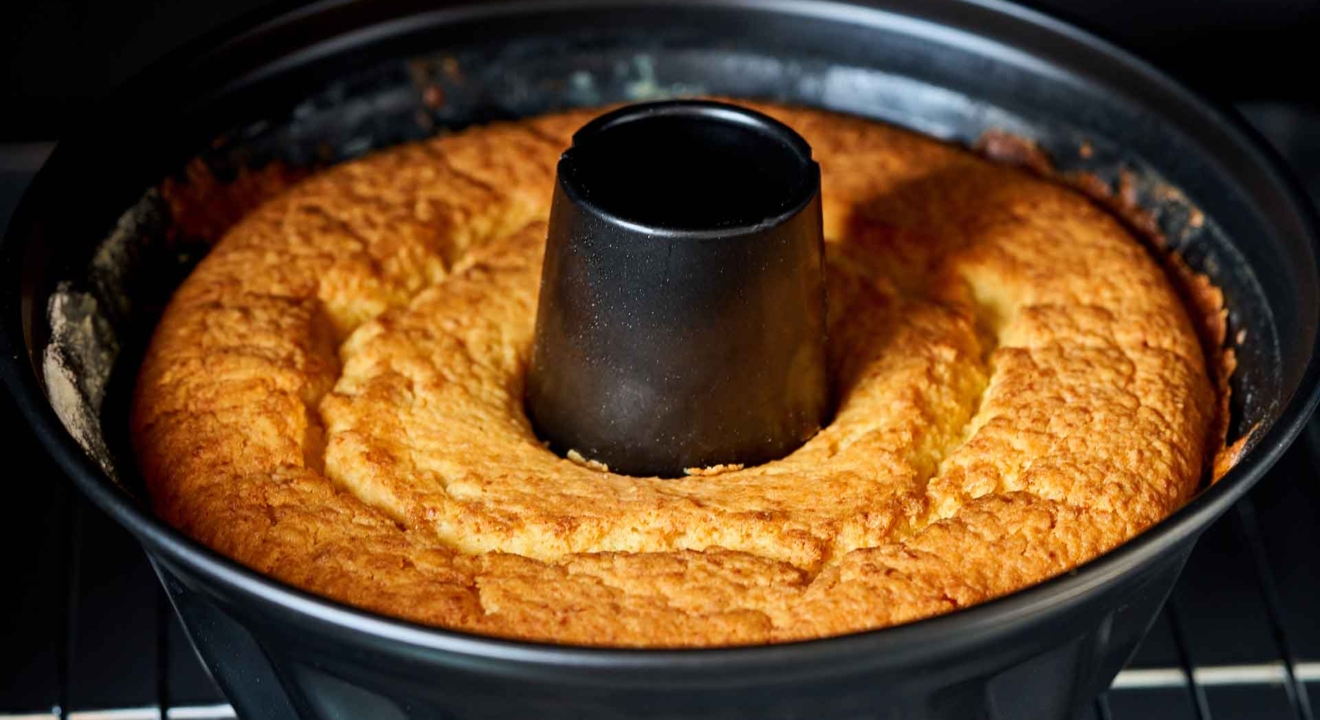Why didn’t the cake rise?
ARGIRO BARBARIGOU

The failed cake!
A failed cake is one that didn’t gain volume, collapsed, sank, or “sat,” as we say, before it had the chance to bake properly. The result is a heavy interior, like a sticky half-baked dough.
Why did the cake “sink”?
The cake sank, didn’t rise properly, and its interior became heavy, without an airy texture.
All the liquid and solid ingredients that go into a cake form a batter which, once placed at the correct baking temperature, allows the steam from the moisture inside to look for an escape route from bottom to top. This process, at the right temperature, causes the cake to rise, gain volume, and release moisture. That’s how the mixture transforms from a heavy and sticky texture to a light and fluffy one. It gains volume, rises, expands, forms air pockets, and bakes properly.
On the other hand, if the cake you made is placed in an oven that has a low temperature, one that hasn’t preheated as instructed in the recipe, once you take it out you’ll first notice it hasn’t gained the correct volume. Then, when you cut into it, you’ll see a thick, 1.5 cm crust at the base, with a lot of moisture, it looks raw.
Likewise, at its center, instead of a fluffy crumb, you’ll find heavy, stuck-together batter that merely set without rising. The result is disappointing.